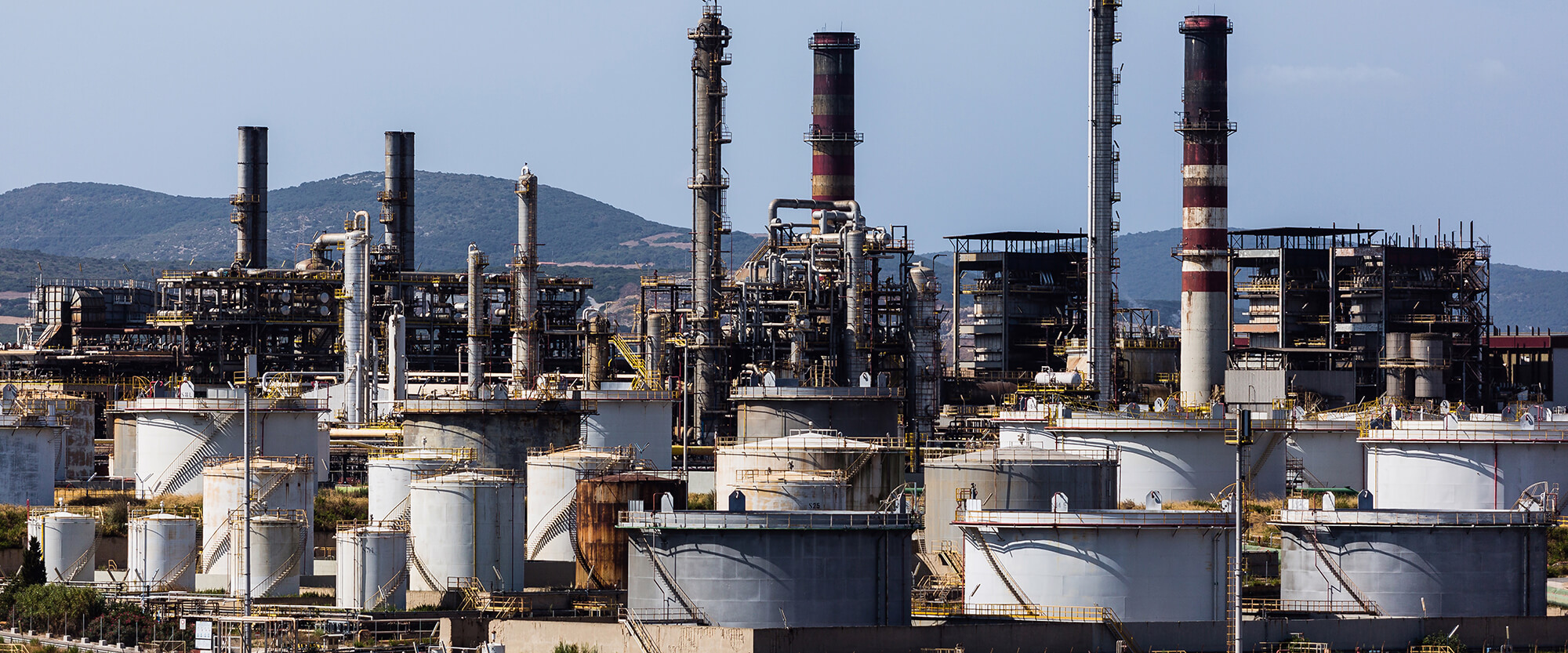
Acrylic Emulsion in Architecture
Acrylic emulsion is a versatile material commonly used in architecture due to its various properties and applications. Here are some ways acrylic emulsion is used in the field:
1. Interior and Exterior Paint: Acrylic emulsion is widely used as a binder in paints for both interior and exterior surfaces. It provides excellent adhesion, durability, and weather resistance. Acrylic paints are available in a wide range of colors and finishes, making them popular for architectural applications.
2. Wall Coatings: Acrylic emulsion-based wall coatings are used to protect and decorate interior and exterior walls. These coatings offer good water resistance, breathability, and flexibility, allowing them to withstand the expansion and contraction of building materials. They also provide a smooth and uniform appearance to the walls.
3. Textured Finishes: Acrylic emulsion is often used to create textured finishes on walls. By adding fillers or aggregates to the emulsion, various textures such as stucco, sand, or stone-like finishes can be achieved. These textured finishes add visual interest to architectural surfaces.
4. Sealants and Adhesives: Acrylic emulsion-based sealants and adhesives are commonly used in architectural applications. They provide excellent bonding properties and are used for sealing gaps, joints, and cracks in buildings. Acrylic emulsion sealants and adhesives are also used for bonding building materials like wood, concrete, and metal.
5. Waterproofing: Acrylic emulsion-based waterproofing coatings are applied to roofs, terraces, and other areas exposed to water to prevent leaks and water damage. These coatings form a protective barrier that seals the surface while still allowing it to breathe, reducing the risk of moisture buildup.
6. Decorative Finishes: Acrylic emulsion is used to create decorative finishes on architectural surfaces. Techniques such as sponging, ragging, or glazing can be employed to achieve unique textures and visual effects. Acrylic emulsion-based decorative finishes offer durability, easy maintenance, and a wide range of design possibilities.
7. Floor Coatings: Acrylic emulsion is used as a binder in floor coatings, providing protection and enhancing the appearance of concrete floors. These coatings offer resistance to abrasion, chemicals, and staining. They are commonly used in commercial and industrial buildings, as well as residential spaces.
8. Energy Efficiency: Acrylic emulsion-based coatings can be formulated to provide thermal insulation properties. These coatings help in reducing heat transfer through walls, improving energy efficiency in buildings.
